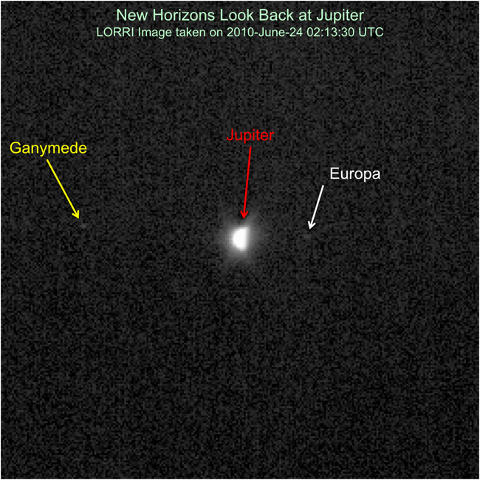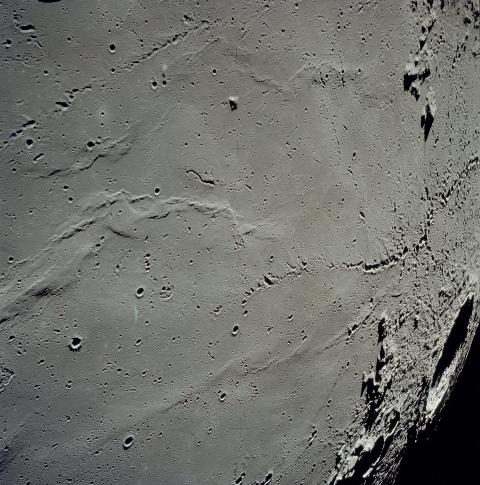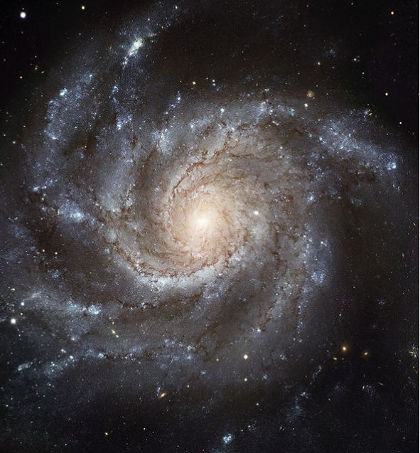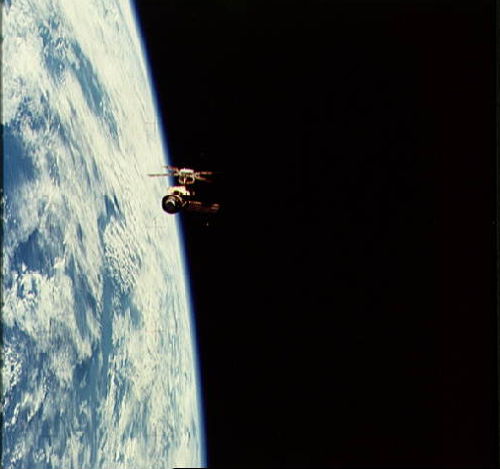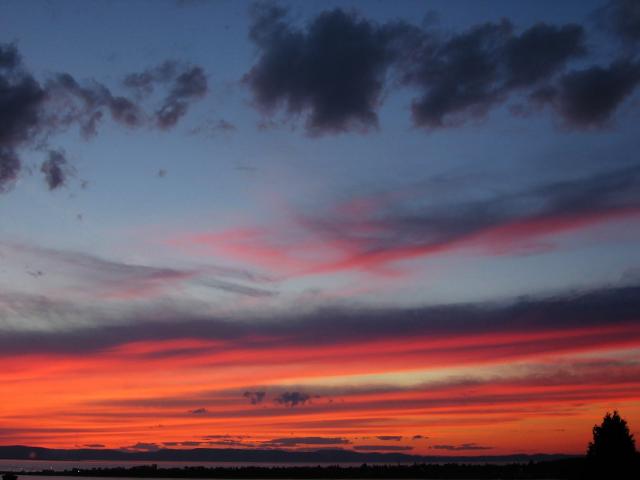
We have all seen beautiful sunsets – sometimes in person and often in pictures that are much like the one above. The sun often sets in a scintillating reddish-orange aura. Why is the the sun red in colour? Even though it may look red to you when it is setting at your location on Earth, it is also looking bright white to those further to your west where it is not setting. So we know that the sun itself isn’t really red in colour.
The main reason for the change in its colour is the large distance of the Sun (150,000,000 km) from the Earth. As the sun sets, the distance its light must travel through the Earth’s atmosphere also increases. This atmosphere is composed of many gases, water vapour and numerous particles that affect the sunlight passing through. They can scatter the light, which is made up of all colours, in such a way short-wavelength colours (green, blue, violet) are scattered out and they leave more of the red and yellow frequencies for us to see.
